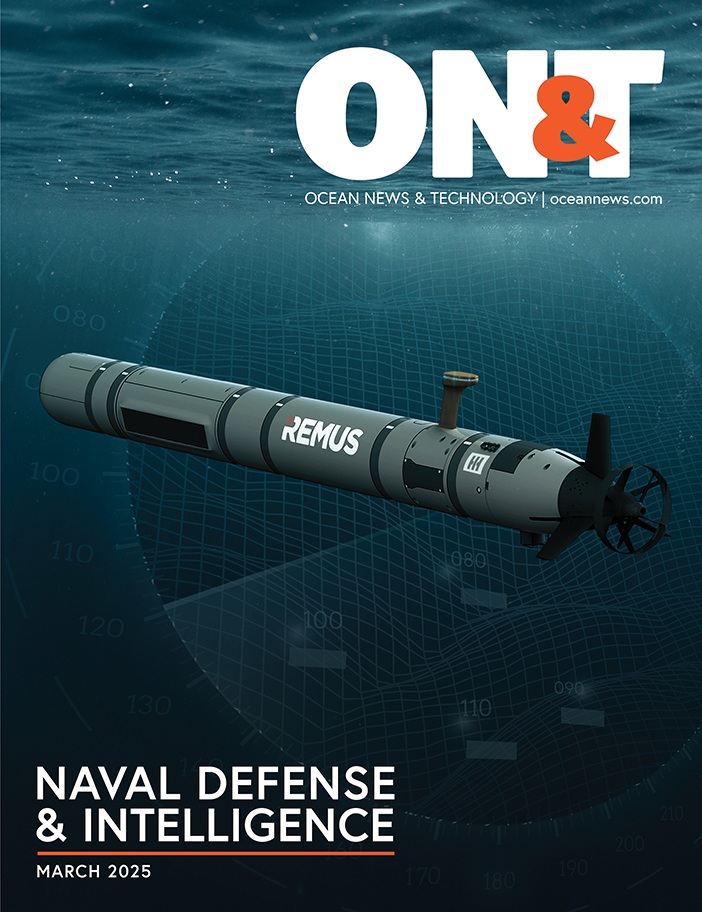The concept of transitory is very popular, as economists, bankers, and politicians debate whether exploding consumer prices, with their burden on family, business, and government budgets, is temporary or will last for much longer. Yes, rising consumer prices are partially driven by higher gasoline and diesel prices, but they are also being driven by more expensive electricity due to soaring natural gas and coal prices. Moreover, higher energy prices are imbedded in the cost of the food and products we buy, and the services we use. Currently, energy is an inflationary force in our economies. Thus, what happens to crude oil prices will impact future global inflation.
Why are oil prices rising? Demand in 2021 is rebounding in concert with the pandemic-depressed economy of 2020. Greater demand is running up against limited oil supply growth, resulting in higher prices. OPEC+ has elected to retain its plan for modest monthly oil supply additions into 2022. The producer group is adhering to this plan out of fear of adding too much supply just as economies weaken from another wave of COVID19 cases and economic lockdowns. The result is a tight oil supply/demand balance and high prices.
United States oil supply growth has been constrained by environmental, social and governance (ESG) concerns that have caused bankers and shareholders to demand producers live within their cash flows and return any excess funds to investors. This newly embraced financial discipline has caused producers to abandon their traditional response to higher oil prices: Drill baby, drill! With a slowly rising drilling rig count, U.S. oil supply growth is constrained. Producers are also hampered by a federal government pursing an anti-fossil fuel agenda. This agenda limits access to federal lands for drilling and imposes activity-harming regulations, resulting in restricted output and higher costs.
The current world energy crisis emerged from last year’s colder winter that drained global gas inventories amid rebounding energy demand. Soaring natural gas and coal prices have driven several Asian countries to switch to burning cheaper oil, further adding to global oil demand. These switches have come despite global oil prices climbing above $80 per barrel.


How high might oil prices go? Speculators have been piling into oil futures contracts expecting oil prices will climb to the $100 per barrel range. Several prominent financial firms are forecasting such a price next year. However, there are concerns that high oil, gas and coal prices will cause world economies to slow. A recession in our future? Possibly. People and economies always adjust to higher or lower energy prices. They will again if current high energy prices are sustained. The underinvestment in energy – oil, gas, and coal—for the past decade will limit future supply growth. Therefore, energy demand will determine global energy prices. With renewable energy proving incapable of meeting global power needs, we likely are looking at a new multi-year commodity cycle that will make energy an attractive sector for investment and employment.
Natural Gas:
Volatility has been the watchword for natural gas this year. Futures prices recently exceeded $6 per thousand cubic feet. The adjacent chart shows near-month natural gas futures prices for September through October 26. As the chart shows, gas prices started at $4.61/Mcf but merely eight days later crossed the $5 marker for the first time in years. Prices remained above $5 through September 20 before dipping lower. On October 5 the gas price soared above $6, only to fall below $5/ Mcf less than two weeks later. By October 25th, prices were again flirting with $6.
Why the price volatility? It was all about weekly gas storage injections and weather forecasts. As the chart showing the status of gas storage volumes demonstrates, at the beginning of September, the gap between this year’s storage and the 5-year average inventory was wide, as we headed into the final weeks of the gas injection season. Given the short time to refill storage, traders reacted to every colder or warmer winter weather forecast by bidding up or selling gas futures contracts.
The gas market did what was needed to coax more supply for storage—it ultimately raised prices. The result was that between early September and late October, the shortfall between current storage and last year’s volume shrank by 200 billion cubic feet, a one-third reduction. The storage gap with the 5-year average volume declined from 235 to only 126 Bcf, with several weeks remaining before winter arrives.
The upcoming U.S. winter forecast offers a mixed bag for energy demand. Parts of the country are projected to experience warmer and drier conditions for December through February, while elsewhere is expected to see colder and wetter weather. Winter weather forecasts are influenced by meteorologists’ views of the possibility that La Niña weather conditions might develop in the South Pacific Ocean. This uncertainty reduces confidence in the winter forecasts, adding further confusion to projected gas storage needs.


Natural gas prices will remain volatile. Uncertainty over gas production, LNG exports, domestic demand, international gas prices, global economic activity, winter weather, and geopolitical considerations will drive this volatility. Predicting gas prices is impossible. Expecting volatility is certain.
This story was originally featured in ON&T Magazine’s November/December 2021 issue. Click here to read more.

